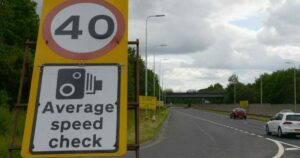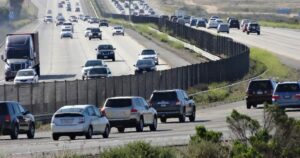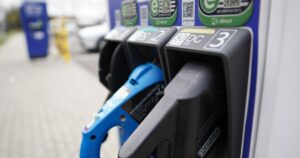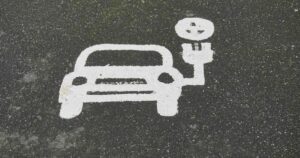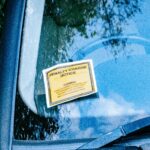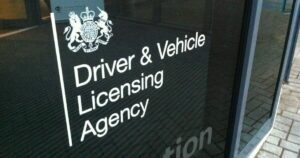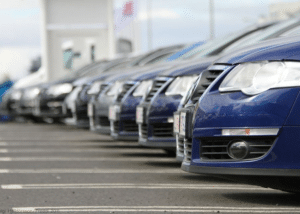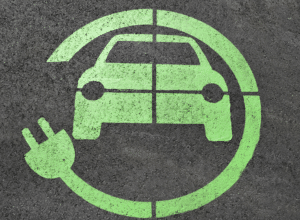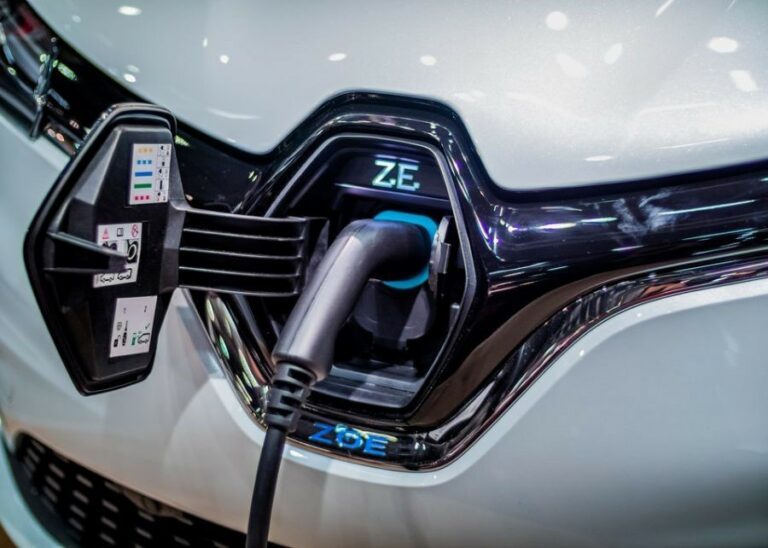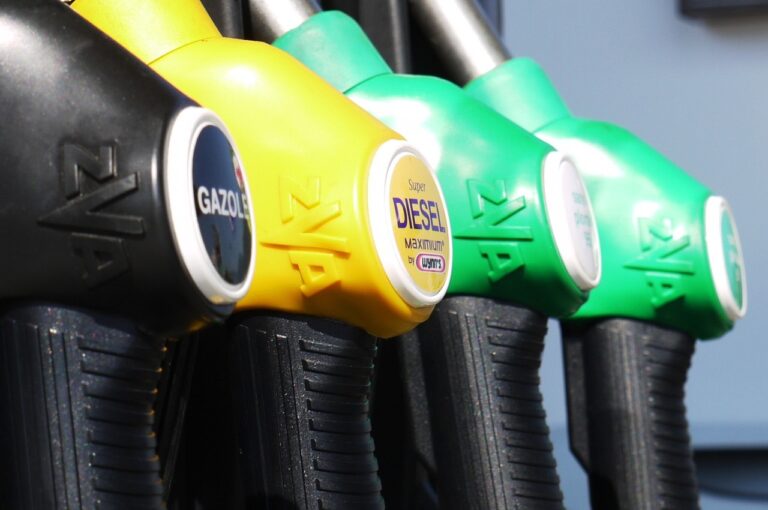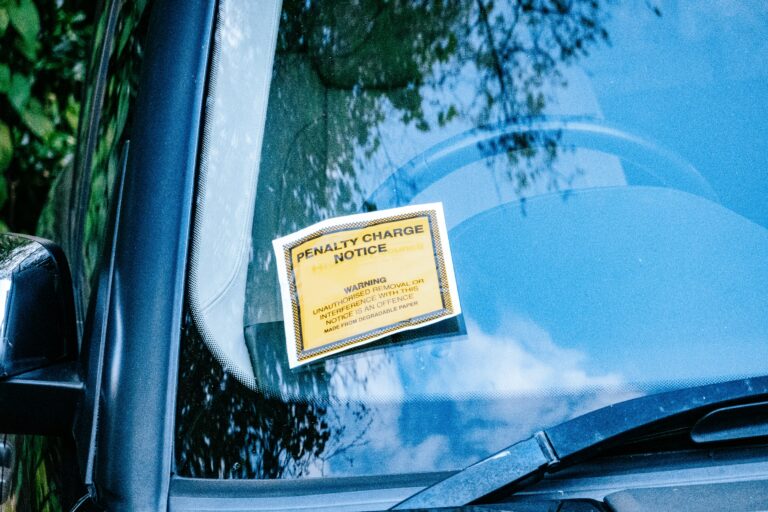Driving Test Backlog Surpasses 600,000 – Why Can’t The DVSA Clear It?
Britain’s Driving Test Backlog has reached an all-time high, with over 600,000 learners waiting for their chance to take the practical exam, says This Is Money. Despite government efforts to tackle the issue, the queue continues to grow, leaving thousands frustrated and unable to obtain their licences.
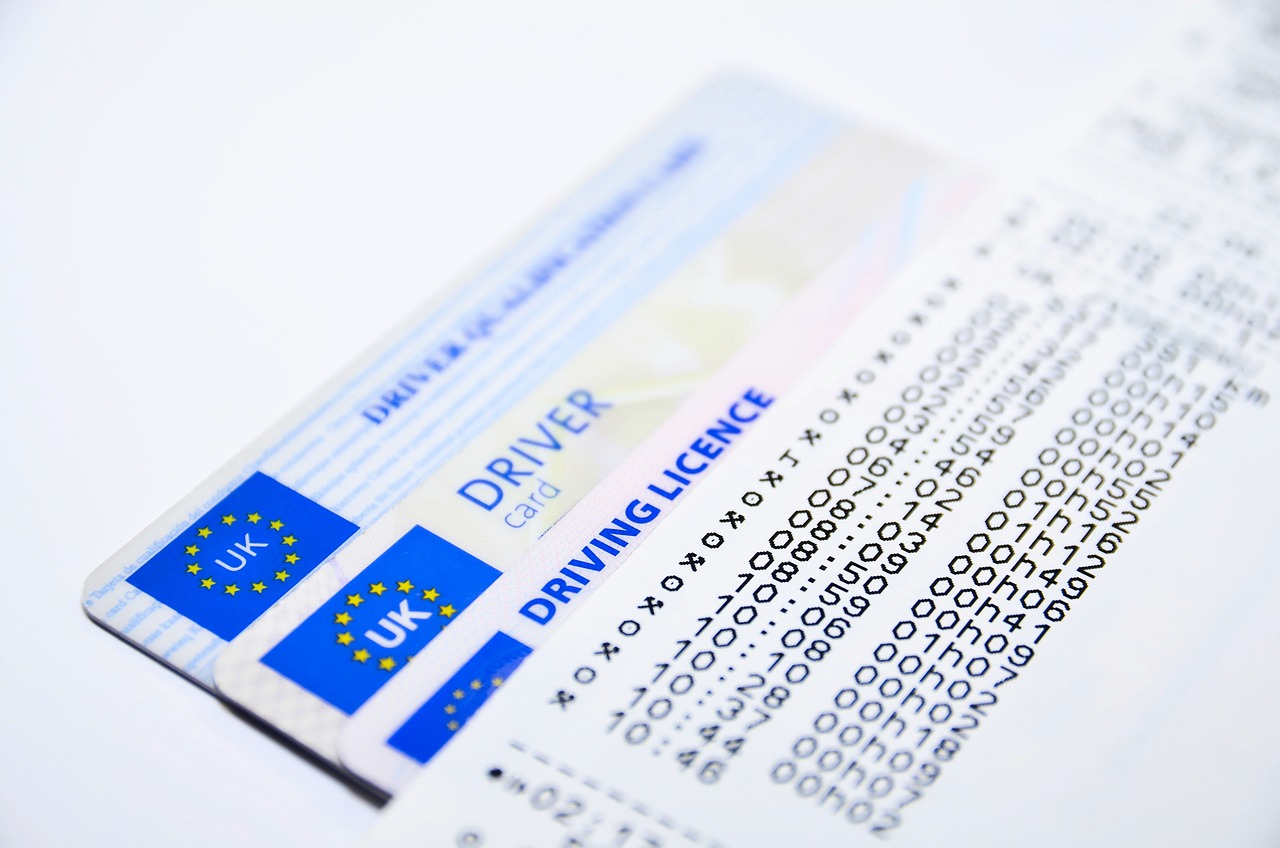
How Did the Backlog Reach 600,000?
The Driving Test Backlog began during the COVID-19 pandemic when test centres were forced to close, causing a surge in demand once restrictions were lifted. In August 2020, the waiting list stood at 147,716, but by August 2021, it had ballooned to 592,987.
Although the DVSA has attempted to reduce waiting times, the backlog has persisted. Between January and April 2025, 610,000 tests were conducted, a 15% decrease compared to the same period in 2024, according to London Evening Standard.
Why Can’t the DVSA Clear the Backlog?
Several factors contribute to the ongoing Driving Test Backlog:
- Staff Shortages – The DVSA has struggled to recruit and retain examiners, limiting the number of tests available.
- Increased Demand – More learners are booking tests than ever before, exacerbating the issue.
- Booking System Issues – Fraudulent activity, including bots mass-booking test slots and reselling them at inflated prices, has further complicated the situation, according to The Independent.
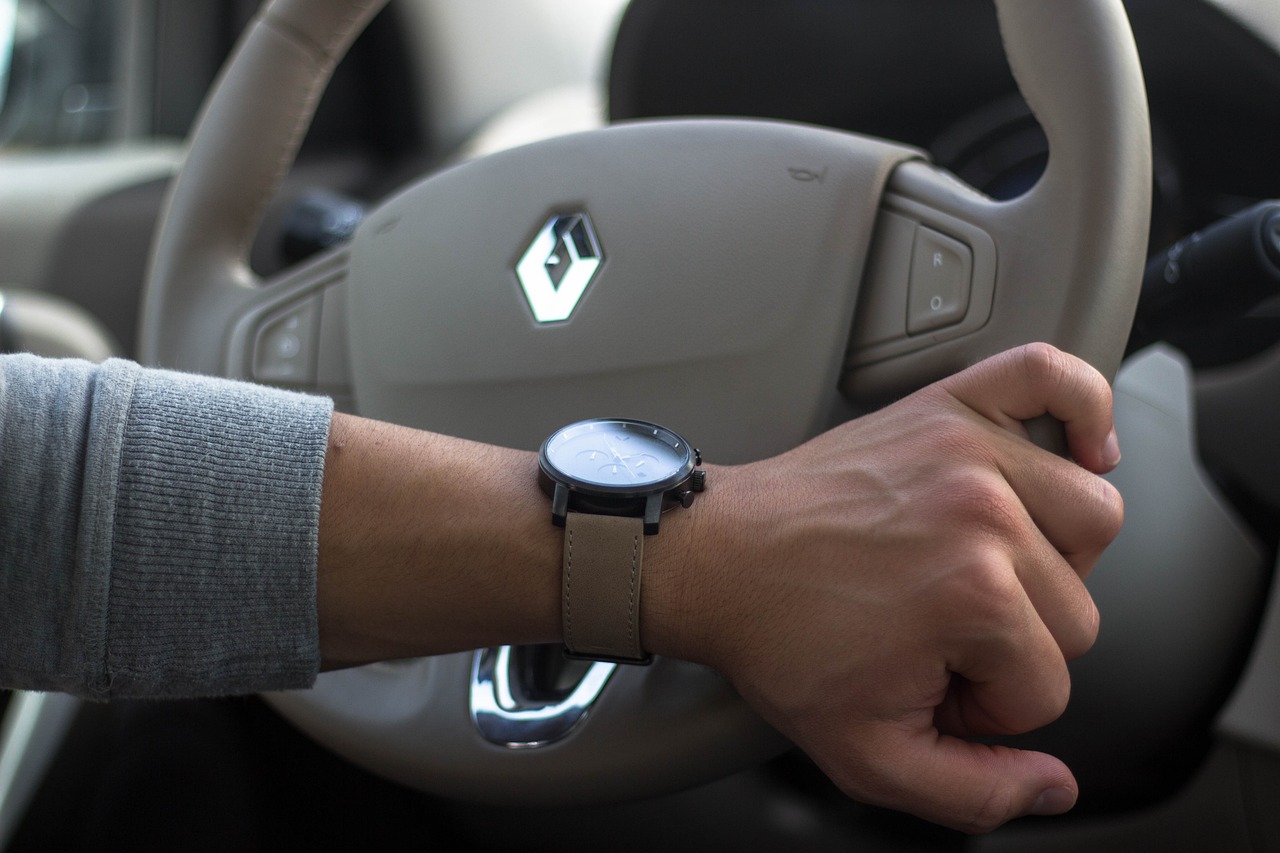
Government Measures to Tackle the Backlog
The UK government has introduced several initiatives to address the Driving Test Backlog, including:
- 10,000 extra tests per month – The DVSA is increasing availability to reduce waiting times.
- Overtime incentives – Examiners are being offered additional pay to conduct more tests.
- Booking system reforms – A consultation is underway to prevent bots from monopolizing test slots.
Despite these efforts, Transport Secretary Heidi Alexander admitted that clearing the backlog will take eight months longer than initially estimated.
The Impact on Learner Drivers
The Driving Test Backlog has serious consequences for learners, many of whom rely on obtaining a licence for work or education. The average waiting time for a test is 20 weeks, making it difficult for learners to plan their driving lessons effectively.
Additionally, the backlog has led to an increase in fraudulent activity, with impersonators offering to take tests on behalf of learners. In 2023-24, the DVSA recorded 2,059 incidents of cheating, including cases where covert technology was used to assist with theory tests.
What Can Learner Drivers Do?
While the government works to resolve the Driving Test Backlog, learners can take proactive steps to improve their chances of securing a test slot:
Prepare thoroughly – With pass rates improving to 50.2%, ensuring readiness before booking a test can help avoid retakes.
Book early – As soon as test slots become available, secure a date to avoid long delays.
Use official channels – Avoid third-party booking services that may be exploiting the backlog.
Considerations
The Driving Test Backlog remains a significant challenge for the DVSA, learners, and the government. While measures are being implemented to reduce waiting times, the issue is unlikely to be resolved quickly. For now, learners must navigate the system carefully, ensuring they are well-prepared and vigilant against fraudulent activity.
As Britain continues to grapple with the backlog, the question remains: will these efforts be enough to clear the queue, or will learner drivers continue to face months of uncertainty?
Jamjar.com makes selling your car quick, easy, and hassle-free. By comparing offers from a trusted network of UK car buyers, you get the best price without the stress of negotiating or haggling. There are no hidden fees, no obligation to sell, and the entire process is 100% online. Whether your car is nearly new or well-used, Jamjar helps you sell it fast and for a fair price—saving you time and effort.
SELL YOUR CAR HERE: https://www.jamjar.com/sell-my-car/






